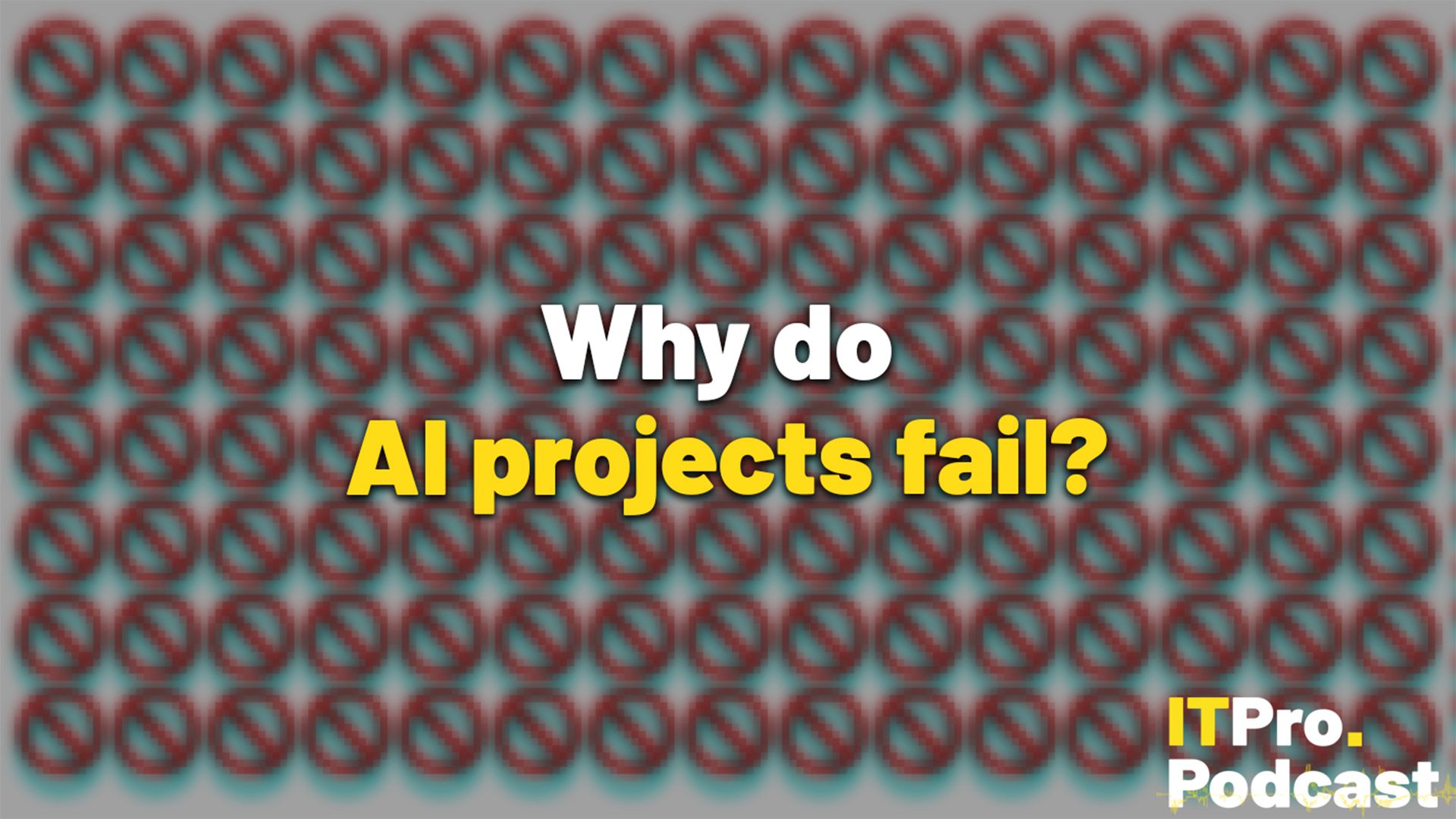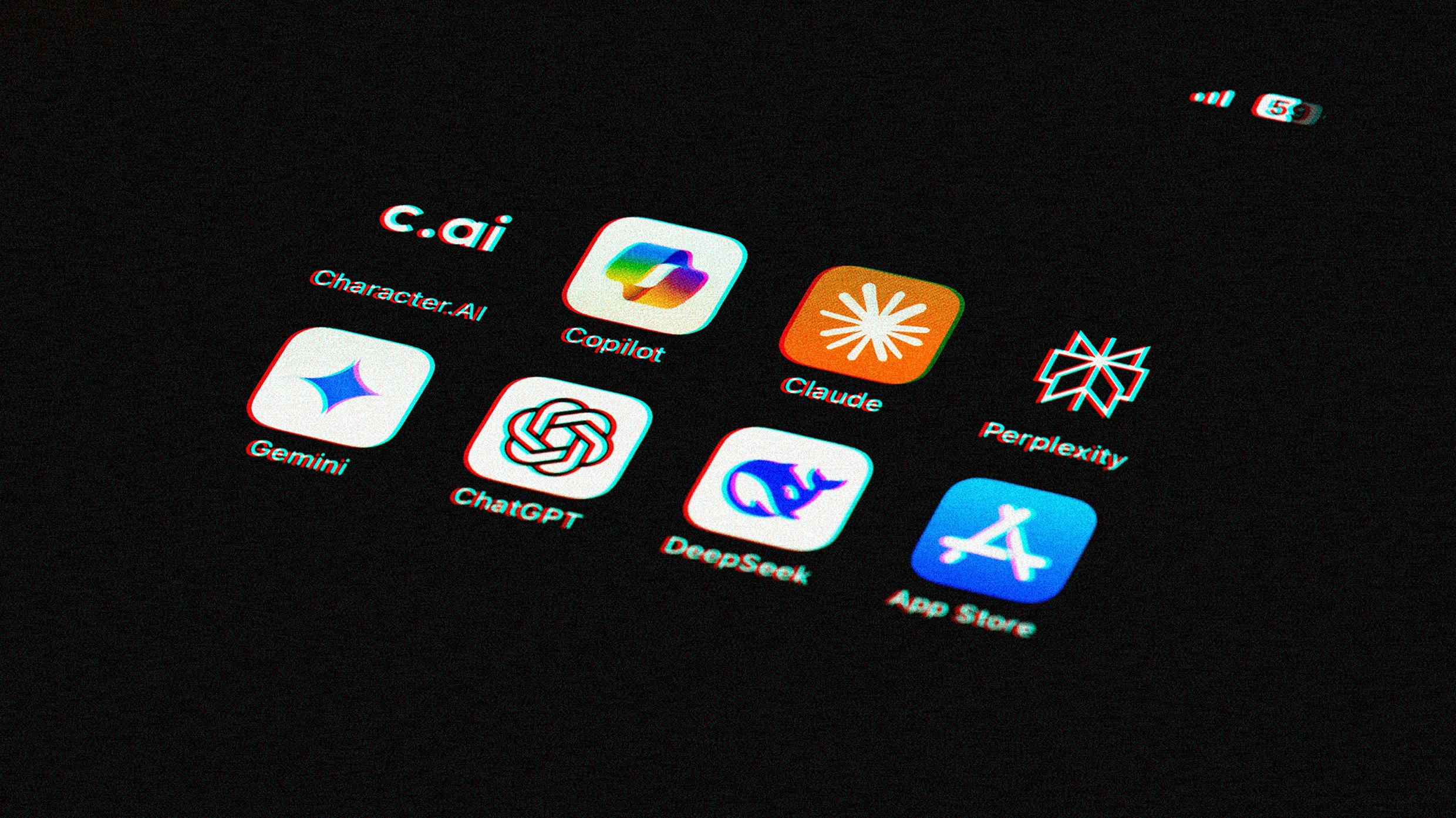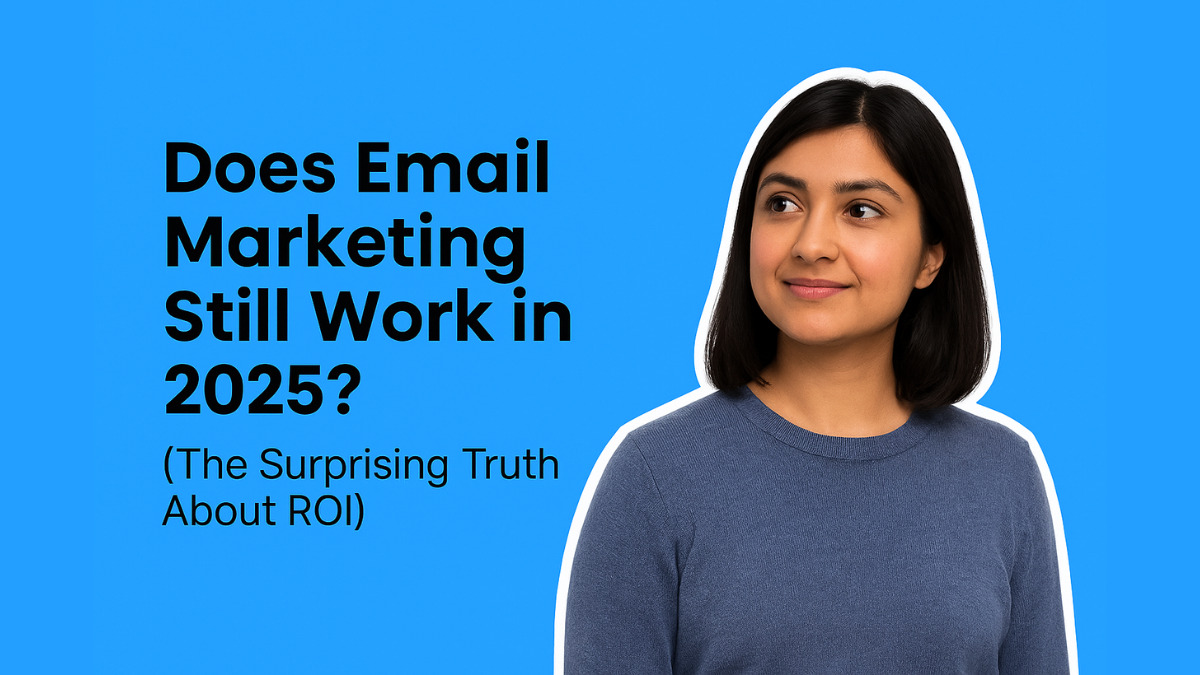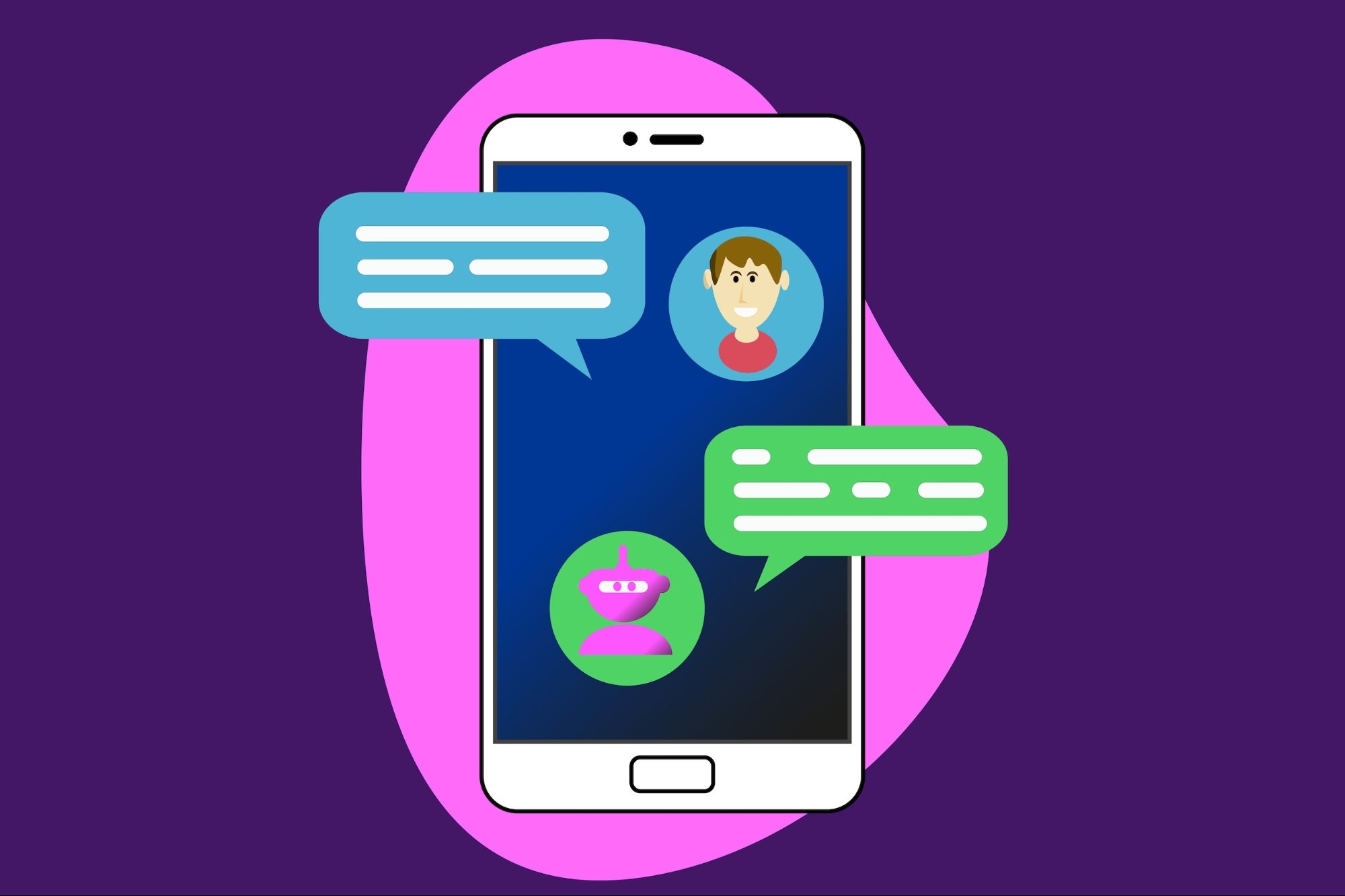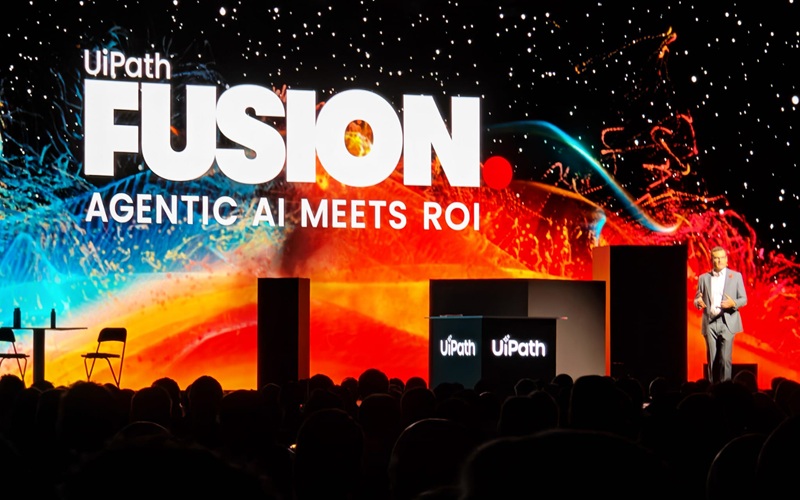#roi
#roi
[ follow ]
#generative-ai #email-marketing #ai-adoption #ai-investment #marketing #learning--development #agentic-ai
fromeLearning Industry
1 week agoThe Real ROI Of Learning Analytics And How It Transforms Business Outcomes
Organizations often talk about the promise of learning analytics, but far fewer know how to turn that promise into measurable business value. Many teams track surface-level metrics like course completions or satisfaction scores, then expect executives to connect those metrics to revenue, productivity, or operational efficiency. Unsurprisingly, this gap leaves learning leaders struggling to make a compelling business case for their programs.
Online learning
from24/7 Wall St.
1 week agoMicrosoft's AI Sales Flop: Is the $3.5 Trillion Bubble About to Burst?
Artificial intelligence has fueled a multi-trillion-dollar stock market surge over the past few years, propelling companies like Microsoft ( NASDAQ:MSFT ) and Nvidia ( NASDAQ:NVDA ) to record valuations. Investors poured funds into AI on promises of transformative efficiency and new revenue streams, driving the S&P 500 's tech-heavy gains. Yet doubts about AI's staying power are mounting as evidence shows limited returns on investment. Meta Platforms ( NASDAQ:META ), for instance, implemented an AI hiring freeze in August after aggressive poaching, signaling a pause amid restructuring and bubble fears.
Artificial intelligence
Wellness
fromLondon Business News | Londonlovesbusiness.com
2 weeks agoCan caring for employee wellness really save your business thousands through retention? - London Business News | Londonlovesbusiness.com
Prioritising employee wellness in 2025 significantly improves retention, reduces absenteeism and healthcare costs, and delivers up to £9 return per £1 invested.
Information security
fromUnited States Edition
2 weeks agoSpotlight: Making the most of multicloud
Successful multicloud requires strategic alignment, robust governance, and proactive security to balance agility and vendor flexibility while addressing visibility, compliance, and developer productivity.
fromMarTech
4 weeks agoThe real reason marketing budgets get cut - and how to stop it | MarTech
Marketing leaders often find themselves in a constant struggle. Expected to drive growth, build brands and shape customer experience, they face ongoing scrutiny from CFOs and boards who want to know, "What's the return?" Even with sophisticated data tools and analytics platforms, many marketing teams struggle to make a compelling financial case for additional funding. This friction rarely comes from a lack of effort.
Marketing
fromSocial Media Explorer
1 month agoHow a Custom Outdoor Kitchen Can Boost Your Home's Value - Social Media Explorer
In the current real estate landscape, outdoor living is no longer an optional upgrade; it's a required feature. Buyers are craving spaces where they can truly live and entertain, and few additions deliver that experience-and the corresponding increase in home value-quite like a well-designed outdoor cooking area. In fact, choosing to build a custom outdoor kitchen transforms a basic patio into a premium, functional extension of your home. It's an amenity that significantly elevates your property's standing, giving you a competitive edge when it's time
Renovation
Software development
fromIT Pro
1 month agoSoftware 'complexity' is burning through enterprise budgets, draining productivity, and burning out employees - and it's a 32 billion problem that can't be solved
Businesses waste up to one-fifth of software budgets on unused tools, failed implementations, licenses, and complexity that reduces productivity and revenue.
fromeLearning Industry
1 month agoMetrics That Really Matter: How Top Learning Teams Measure Success
It is evident that the role of corporate learning has shifted over the last decade: from background support it has evolved to a potential driver of strategic change and success. Multiple studies prove this: Companies with mature corporate training programs have 218% more income per employee than those who don't. However, despite the clear recognition, many L&D departments and specialists still struggle to prove their worth, communicate ROI, and become contributors in decision-making processes.
Online learning
fromPsychology Today
1 month agoWhy Mentoring Works-and How to Measure What Can't Be Seen
A new report on workplace mentoring from the Association of Business Mentors (ABM), Unlocking Impact, highlights a clear tension: While 70% of businesses say that mentoring boosts performance and 98% would recommend it, 37% admit that they struggle to measure outcomes. It's one thing to feel that mentoring is beneficial for us. It's quite another to know and be able to prove its efficacy.
Business
fromHubspot
1 month ago8 best email marketing tools for HVAC companies in 2025
Email marketing generates $36-$40 for every $1 spent, making it still one of the most cost-effective marketing channels. In fact, email marketing has an average ROI of 4200% for HVAC companies specifically. But any old email tool won't cut it for HVAC companies. You need tools to handle appointment reminders, seasonal maintenance campaigns, and equipment replacement nurturing without being too technical. The right software automates follow-ups, segments customers by system type, and tracks which campaigns actually fill your calendar.
Marketing tech
fromTelecompetitor
2 months ago52% of Telecom Companies Lack Budget and System Readiness for AI: Report
A new report from IFS - a provider of industrial artificial intelligence (AI) software - said there is an "invisible revolution" in which the focus is shifting from productivity-led AI experimentation to "embedded, operational AI across core business processes." The report, titled "The IFS Invisible Revolution Study 2025," surveyed more than 1,700 senior decisionmakers at industrial enterprises around the world. The report noted what IFS refers to as an "execution gap," in which companies moved into AI faster than their team members can upskill.
Artificial intelligence
Remodel
fromRedfin | Real Estate Tips for Home Buying, Selling & More
2 months agoDoes a New Garage Door Increase Home Value? Cost, ROI, and Buyer Appeal Explained
A new garage door raises home value, boosts curb appeal, improves energy efficiency and security, and returns roughly 94% or more of the investment.
Online learning
fromInside Higher Ed | Higher Education News, Events and Jobs
2 months ago3 Questions for Fractional COLO Jeremiah Grabowski
A fractional COLO provides part-time executive online learning leadership allowing institutions to develop online programs without committing to a full-time hire.
fromeLearning Industry
2 months agoHow K-12 IT Leaders And MSPs Can Prove Cybersecurity ROI In 2026 Budgets
Budget pushback and resistance to new systems remain top barriers for K-12 IT leaders, as reported by CoSn's 2025 State of EdTech Leadership report. Districts are continuing to expand digital learning to keep up with today's digital revolution, but administrators are still under intense pressure to justify every line item. The challenge is especially acute in cybersecurity, where investments often appear as invisible insurance rather than tangible classroom enhancements.
Education
fromLitmus
2 months agoB2B Email Marketing: High-Impact Strategies and Inspiration for Your Industry
B2C, they have it so easy. While preferences and price points may vary, there's no shortage of stuff people want and need-shoes, snacks, gadgets, toys. Things people covet, save up for, or impulse buy. But B2B marketers...well, if only selling cloud computing or point-of-sale systems were as easy as a pair of shoes. An impulse buyer in B2B-land is rare. It's not like prospects walk around their daily lives thinking, "If only I had a best-in-class tool that would streamline my workflow
Marketing
fromeLearning Industry
2 months agoPredictive Analytics In L&D: Seeing ROI Before It Happens
Predictive analytics transforms how we think about learning measurement by shifting focus from reactive reporting to proactive decision-making. Instead of waiting months or years to determine whether a program succeeded, predictive models can forecast outcomes based on historical patterns, participant characteristics, and program design elements. Consider the difference between these two scenarios: Traditional Approach: Launch a leadership development program, wait 12 months, then discover that only 40% of participants demonstrated measurable behavior change and business impact fell short of expectations.
Business intelligence
Marketing tech
fromExchangewire
3 months agoIndependent Study Confirms Significant ROI from Happydemics' Brand Lift Solution - ExchangeWire.com
Brand lift produces measurable growth: 47% three-year ROI, large efficiency gains, higher client investment, extended campaigns, and stronger upselling and retention.
fromEntrepreneur
3 months agoForget Follower Counts - Influence Is Now About Engagement and Community | Entrepreneur
Many marketers are learning that bigger isn't always better when it comes to influence. Campaigns involving nano-influencers can cost a fraction of those that involve celebrities or macro-influencers.
Marketing
fromstupidDOPE | Est. 2008
5 months agoHow Much Should You Invest in Marketing? Budget Benchmarks & Smart Spending Tips | stupidDOPE | Est. 2008
Investing 8-12% of total revenue in marketing is a solid rule of thumb according to the U.S. Small Business Administration (SBA). Companies aiming for rapid growth may surpass this range, with leading brands like Hims & Hers and Expedia reportedly allocating close to 50% of their revenue to marketing efforts.
Marketing
fromRedfin | Real Estate Tips for Home Buying, Selling & More
6 months agoShould I Repaint My House Before Selling? Pros and Cons for Maximum ROI
Unlike costly renovations with lower return on investment (ROI), a fresh coat of paint is a low-cost update that can increase sale price and shorten time on the market.
Renovation
[ Load more ]











